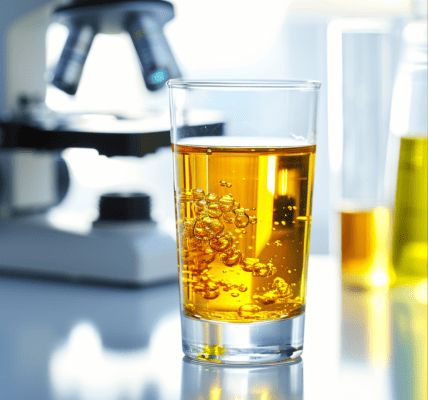Recent advancements in environmental science have led to a groundbreaking method for decomposing toxic “forever chemicals” that are notorious for their persistence in the environment. Researchers from Ritsumeikan University in Japan have successfully developed a technique that can completely break down certain types of these harmful substances in just a matter of hours, all while operating at room temperature.
Per- and polyfluoroalkyl substances (PFAS) are a broad category of synthetic chemicals characterized by their remarkable stability and resistance to heat and water. The strong carbon-fluorine bonds that make PFAS ideal for applications such as non-stick cookware, firefighting foams, and water-repellent fabrics are also the reason they are so difficult to break down. This stability has earned them the nickname “forever chemicals,” as they can persist in the environment and accumulate in the human body, leading to serious health concerns including diabetes, fertility issues, various cancers, and immune system disruptions.
The innovative method developed by the Japanese scientists employs semiconductor nanocrystals of cadmium sulfide (CdS), with some of these nanocrystals doped with copper. This catalyst is combined with a solution that includes water and triethanolamine (TEOA), along with the PFAS that are targeted for treatment.
When exposed to LED lights emitting at a wavelength of 405 nm, the cadmium sulfide nanocrystals become energized, facilitating the attachment of PFAS molecules to their surface. Concurrently, the reaction generates excited electrons that effectively remove fluorine ions from the PFAS structures, breaking down the notoriously strong bonds that hold these chemicals together.
In laboratory tests, this method demonstrated remarkable efficacy, achieving a complete breakdown of perfluorooctanesulfonate—a specific type of PFAS—in just eight hours. Another compound, Nafion, showed an impressive 81% reduction in concentration after 24 hours using the same technique. Notably, these reactions were conducted at a temperature of only 38 °C (100 °F), significantly lower than the typical 400 °C (752 °F) that other methods require.
Additionally, the process not only breaks down the harmful PFAS but also recovers the released fluorine ions, enabling their reuse in various industrial applications. This dual benefit of detoxification and resource recovery positions the new method as a potentially game-changing solution in the fight against environmental pollution caused by forever chemicals.
While this technique is similar to other catalytic methods for degrading PFAS, it stands out due to its efficiency and lower operational temperature. Previous approaches have typically relied on ultraviolet (UV) light or required higher temperatures for effective degradation. Other research teams have explored various methods involving supercritical water, magnetic particles, and alternative catalysts such as hydrogen or boron nitride. However, the combination of semiconductor nanocrystals and specific light wavelengths presents a unique and promising avenue for environmental remediation.
The implications of this research are significant, especially considering the growing global concern over the presence of PFAS in water supplies and ecosystems. As regulatory bodies and communities increasingly demand effective solutions to mitigate the impact of these persistent pollutants, innovations like this one offer hope for cleaner water and healthier environments.
With ongoing research and development, the potential for scaling this technology for widespread application could lead to substantial reductions in the environmental burden of forever chemicals. Scientists remain optimistic about refining the process and exploring its applicability to a broader range of PFAS compounds, ultimately contributing to a more sustainable future.





